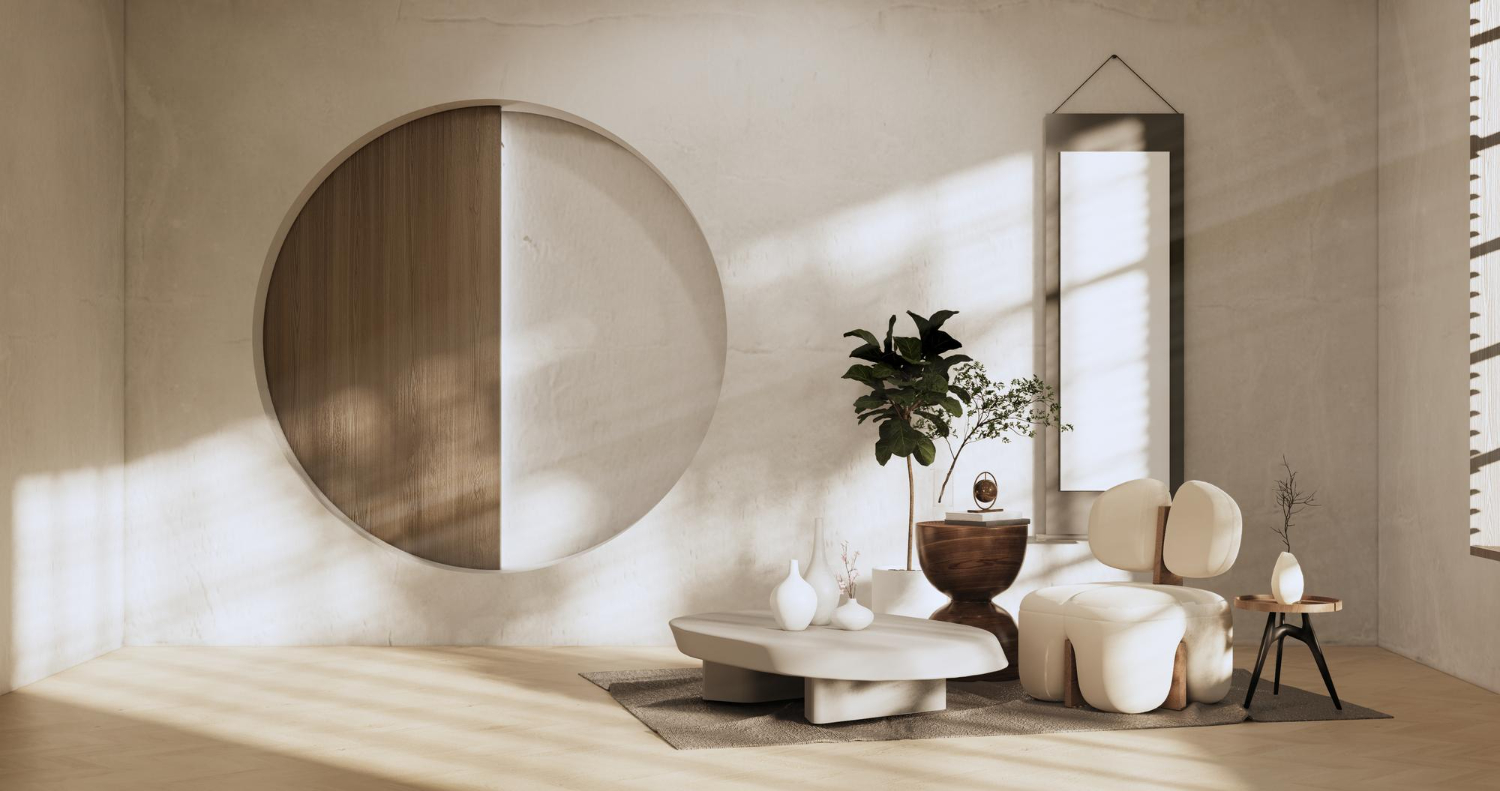The Art of Lighting: Creating Atmosphere with the Right Illumination
Lighting is much more than just a practical necessity. It’s a key element in interior design that shapes the atmosphere and mood of a space. The right lighting can transform a room, altering its ambiance from bright and energetic to soft and serene. In this blog post, we’ll dive into the art of lighting and how you can use it to create a specific atmosphere in your home.
Understand the Different Types of Lighting
The first step in mastering the art of lighting is understanding the three main types of lighting: ambient, task, and accent. Ambient lighting is the general illumination of a space, often provided by ceiling fixtures. Task lighting focuses on specific areas, like a desk or a kitchen counter, to aid in particular activities. Accent lighting is used to highlight architectural features or artwork. Combining these three types strategically can create a layered and dynamic atmosphere.
Experiment with Color Temperature
The color temperature of a light bulb can drastically affect the mood of a room. Bulbs with a lower Kelvin value emit a warm, yellowish light, creating a cozy and inviting atmosphere. On the other hand, higher Kelvin values result in a cooler, bluish light, ideal for concentration and focus. Use warm lights in bedrooms and living areas to promote relaxation, and cooler lights in home offices or kitchens where tasks are performed.
Utilize Dimmers for Versatility
Dimmers are a powerful tool in the art of lighting. They allow you to adjust the brightness of your lights, giving you the ability to change the mood and atmosphere of a room with just a simple tweak. With dimmers, your dining room can transition from a bright space for family dinners to a softly lit area for a romantic evening meal.
Play with Shadows and Light Placement
The way you position your lights can create interesting shadows and highlights, adding depth and character to a room. Uplighting can illuminate walls and ceilings, making a room feel larger. Downlighting, on the other hand, creates a more intimate and focused space. Play with different placements to see how they change the perception of your room.
Conclusion
Lighting is a powerful tool in interior design, capable of transforming the atmosphere of a space. By understanding the different types of lighting, experimenting with color temperatures, utilizing dimmers, and playing with light placement, you can create a space that not only looks beautiful but also feels right. Remember, the best lighting scheme is one that suits your space and your lifestyle, bringing out the best in your home.


